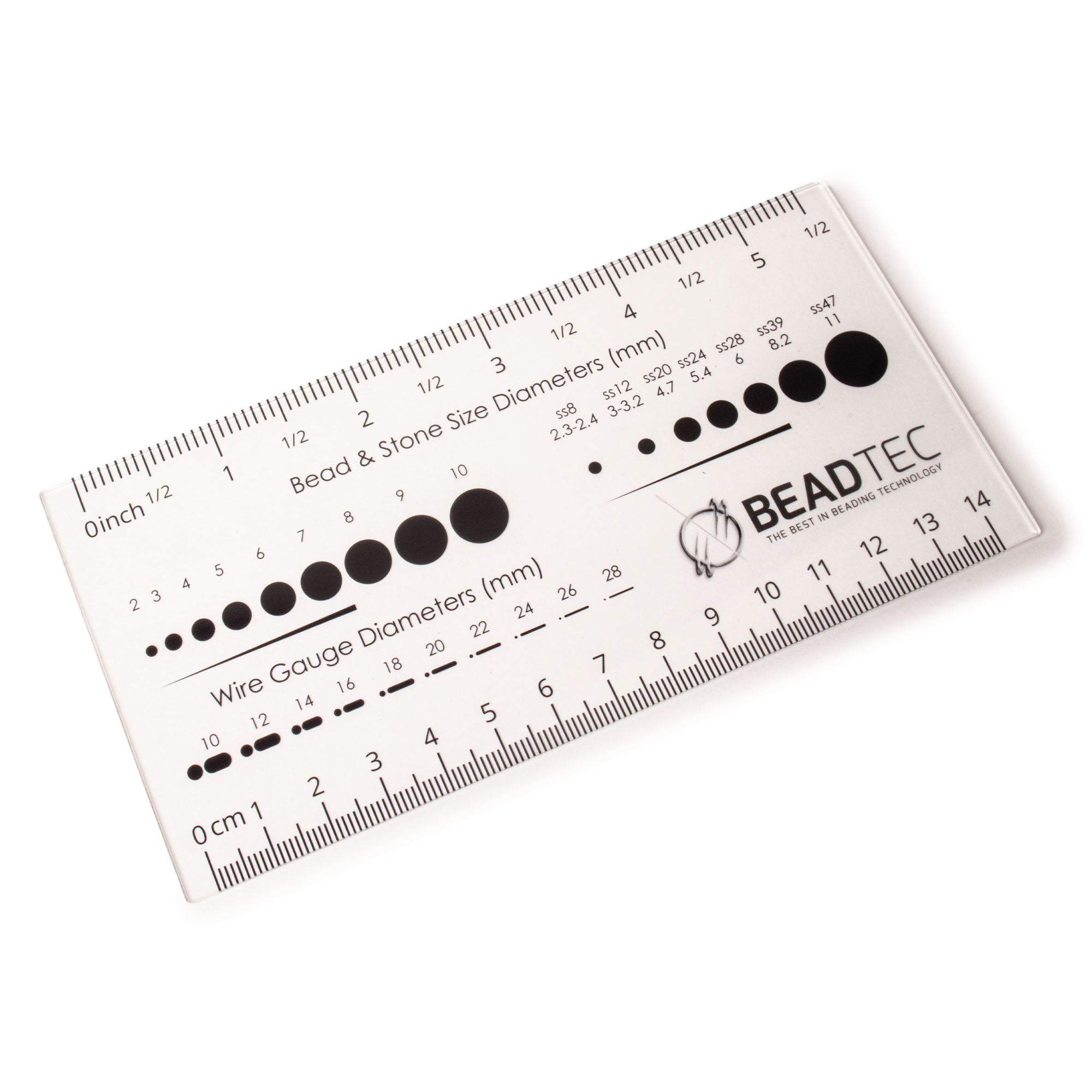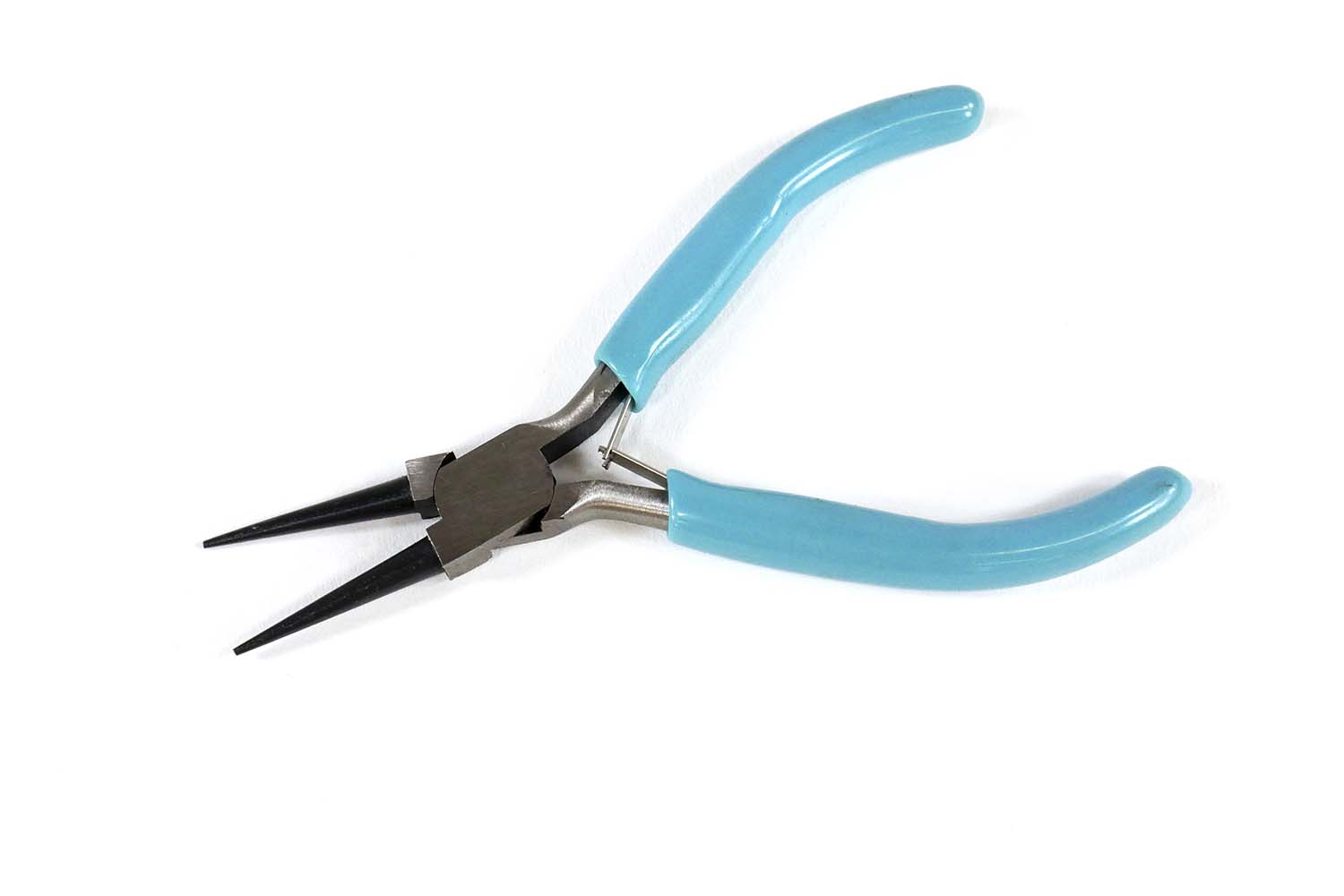- Jewelry-Making Supplies ▾
Design Jewelry with Confidence!
Seed Beads
Thread, Wire, & Stringing Materials
Athenacast Findings & Components
Everything Else
- Kits & Collections ▾
Assemble Your World
Kits & Collections
- Subscriptions ▾
Want monthly Beading Happiness?
Subscriptions
- Learn to Make ▾
Want to learn more?
- Discounts & Deals ▾
Explore Today's Promotions!
-
Seed Beads
Thread, Wire, & Stringing Materials
Findings & Components
Everything Else
-
Kits & Collections
-
Subscriptions
- Home
- How to Make Jewelry
- Better Beader Episodes
- How to Use Crimp Beads, Covers and…
How to Use Crimp Beads, Covers and Tools
Watch the Video Tutorial
Watch the Video Tutorial
Need Any Extra Materials?
Need Any Extra Materials?
Need Any Extra Materials?
Need Any Extra Materials?
Episode Transcript
Episode Transcript
Introduction
Crimp beads and covers are essential components for creating professional-looking jewelry designs. In this article, we'll dive into the world of crimp beads, covers, and tools, based on the insightful tips and techniques shared in Better Beader Episode 14 from Potomac Beads. Whether you're a beginner or an experienced beader, mastering the use of these tiny but mighty elements will elevate your jewelry-making skills to the next level.
Materials Needed
- Crimp beads (size 1 or 2, depending on your project)
- Crimp covers (size 3 or 4, to match your crimp beads)
- Beading wire (e.g., Soft Flex or Beadalon)
- Crimping pliers
- Wire cutters
- Beads of your choice for your design
- Clasps and jump rings
Step-by-Step Tutorial
- Begin by threading your beading wire through your clasp or focal piece, leaving a short tail.
- String a crimp bead onto the wire, followed by your desired beads for your design.
- Once you've added your beads, string another crimp bead onto the wire.
- Pass the wire back through the last few beads and the first crimp bead, creating a loop.
- Using your crimping pliers, carefully compress the crimp bead, securing the wire in place. Be sure to compress evenly on both sides for a neat finish.
- Trim any excess wire with your wire cutters, leaving a short tail to prevent the crimp from slipping off.
- To conceal the compressed crimp bead, take a crimp cover and gently place it over the crimp, with the seam facing down.
- Using the rounded notch of your crimping pliers, gently squeeze the crimp cover closed, creating a smooth, polished look.
Pro Tips:
- When compressing your crimp beads, aim for a rounded, bead-like shape rather than a flattened one for a more professional appearance.
- If you're having trouble fitting your crimp bead into the crimp cover, try using a slightly larger crimp cover or a smaller crimp bead.
- For added security, you can apply a dab of glue inside the crimp cover before closing it around the crimp bead.
Customization Ideas & Inspiration
Now that you've mastered the basics of using crimp beads and covers, it's time to get creative! Experiment with different colors and finishes of crimp covers to complement your beads and design aesthetic. Mix and match crimp cover styles, such as plain, textured, or even patterned ones, to add visual interest to your pieces.
Consider incorporating crimp beads and covers into various jewelry styles, from sleek and modern to bohemian and eclectic. They work beautifully with a wide range of beads, from delicate seed beads to chunky gemstones and everything in between.
Conclusion
With these step-by-step instructions and expert tips from Better Beader Episode 14, you're now equipped with the knowledge and skills to confidently use crimp beads, covers, and tools in your jewelry designs. Remember to practice your technique, and don't be afraid to experiment with different styles and combinations to create unique, eye-catching pieces.
We'd love to see your creations! Share photos of your finished jewelry featuring crimp beads and covers in the comments below, or tag us on social media. If you have any questions or need further guidance, feel free to reach out – we're always happy to help fellow beaders along their creative journey.
For more inspiring tutorials and beading tips, be sure to check out our other Better Beader episodes and explore the wide selection of high-quality beading supplies available at Potomac Beads. Happy beading!
Join Our Growing Community
Join Our Growing Community




Our Testimonials
Our Testimonials
Only Visible on Admin Mode
Item Description
Designer's Material List
Project Steps
Starting Your Project: Secure one end with a bead stopper, leaving enough wire to work comfortably.
Adding Beads: String the chakra stones and butterfly or dragonfly beads according to your design.
Centerpiece Placement: Add your central bead or charm at the midpoint of your design for symmetry.
Attaching the Clasp: Once your beading is complete, attach one side of the toggle clasp using a crimp bead.
Securing the Crimp: Use crimping pliers or needle nose pliers to secure the crimp bead, ensuring the wire ends are parallel and not crossed.
Finishing Touches: Add a crimp cover for a polished look, ensuring the toggle or clasp has some movement to prevent wear.
Highest Quality
Products
100% Money
Back Guarantee
Fast
Shipping
Best Teaching &
Customer Service
You'll want these emails...
Get Free Projects & Inspiration
Get Free Projects & Inspiration
- Bullet 1
- Bullet 2
- Bullet 3
Copyright © PotomacBeads









